
How Long Does Ethereum Transaction Take
Ethereum is the second most popular cryptocurrency after Bitcoin, so there are always a lot of questions surrounding it. One of them is about the time it takes to complete transactions. The answer is much more complicated than you think, as it depends on many factors. In this article, we explain what affects the speed of Ethereum transactions and give recommendations on how you can influence it.
How Long Does It Take For Ethereum To Transfer?
When users make a transaction request, it is added to a pool of pending transactions. Ethereum network “miners” or validators then select them from the list to process and add to the blockchain. But why are some transactions faster? Let's take a closer look at this question.
What Affects Ethereum Transaction Time?
The Ethereum transfer duration directly depends on the price of gas, a fee paid for transactions on the Ethereum network. Its role in forming the transaction period is as follows:
-
Gas price. Validators are interested in maximizing their profits, so first they include transactions with the highest gas fees in blocks. The users who pay a lower gas price wait a little longer.
-
Network congestion. When the demand to include transactions in blocks increases, so does the cost. The more people "competing," the higher the gas charges are.
-
Market volatility. When the cryptocurrency prices grow, the number of requests to transfer funds from one wallet to another also increases. It can lead to both network congestion and higher gas prices, which, as we said, prioritizes the transaction.
How Long Is Ethereum Transaction Time?
So, Ethereum transaction time depends on gas fees, network congestion, and market volatility. It can vary, of course, but the average Ethereum transaction time ranges from 13 seconds to 5 minutes. Moreover, depending on the exchange used to make the transfer, the transaction time can be longer and reach 30 minutes or more.
Try to make Ethereum transfers when the network is not congested, and monitor the market dynamics. It will help you reduce transaction times, even with low gas fees.
Ethereum Transaction Lifecycle
Let's now look deeper into what the lifecycle of Ethereum transactions consists of. It will be helpful to understand how you can influence them.
So, to send Ethereum, a user has to create an Ethereum wallet and get its address. It can be done by registering on a cryptocurrency exchange, where the wallet will be based. Then you need to purchase ETH, and you can do it on the same platform. For example, Cryptomus P2P exchange suggests choosing the most suitable offer among the many ads and doing it favorably: the commissions on the platform are only 0.1%. Such an economy will significantly save your budget and give you the opportunity to increase gas fees. And if you are a beginner in P2P trading, you can use the classic method of buying Ethereum directly in our dashboard.
When Ethereum coins are already in your wallet, you can send them. The stages of the transaction may differ depending on the platform used, but the general algorithm is almost the same:
1. Transaction creation. When a user initiates an asset transfer from his wallet to another, the transaction is born at this moment.
2. Assigning a hash. After creating, the transaction receives its hash, or a unique ID. It is a reference number for your transaction, from which you can see its details and find out its status.
3. Pooling. The transaction is transferred to a pool from where validators select the ones to include in the blockchain.
4. Transaction confirmation. When the transfer is detected and processed by the miner, it will be considered successfully completed. The ETH balance on your wallet and the recipient’s one will be updated shortly.
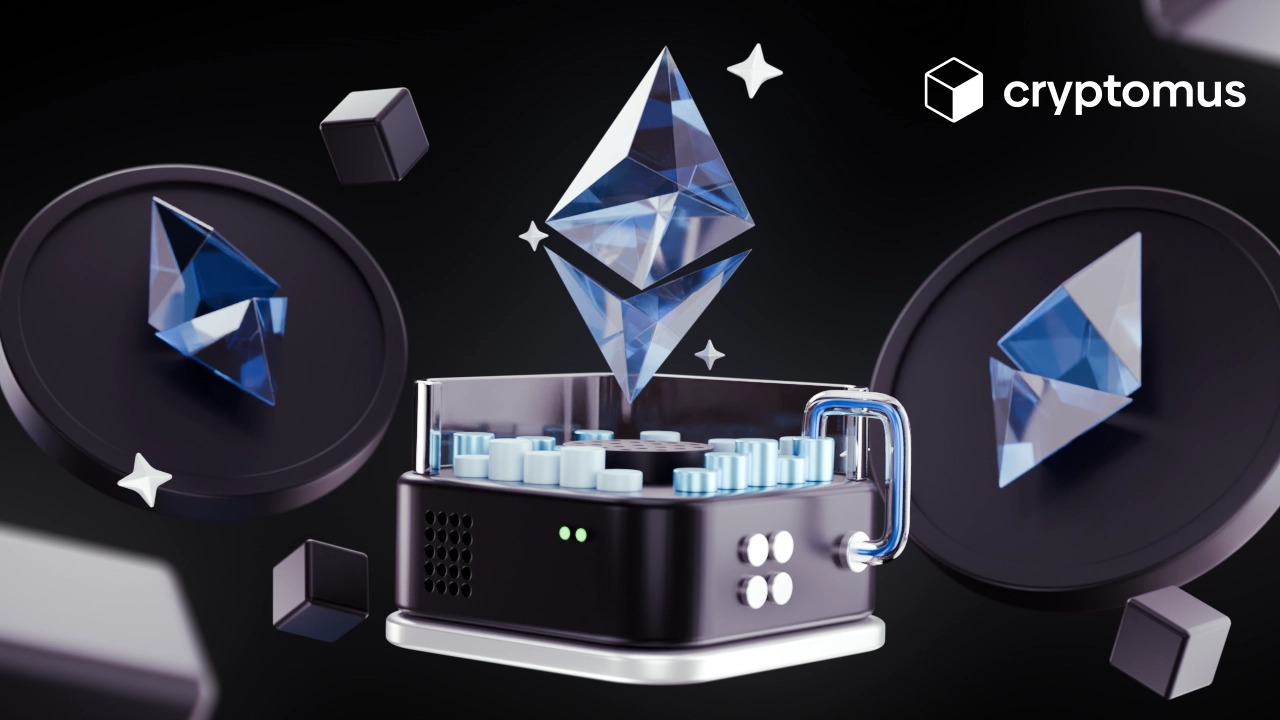
How To Track Ethereum Transactions?
To be aware of your transaction status, you may use its hash. Some ETH owners don't know how it works, so we're going to tell you more about how to track an Ethereum transaction using its ID:
Step 1: Get the hash. You can find your transaction’s unique identifier in the cryptocurrency wallet or exchange you use for transferring your assets. It is usually found in the "History" or "Activity" section.
Step 2: Go to the blockchain explorer. Use special online tools that allow you to monitor information about ETH transactions. For example, Etherscan or Etherchain. You can also check your transaction’s status on the crypto exchange you are using — for example, Cryptomus has Ethereum Blockchain Explorer.
Step 3: Enter the hash. On the ETH transaction tracking service or on the crypto explorer page, you will see a search line where you need to enter the unique number of your transaction. Start the tracking and then you will see your transaction in the results.
Step 4: View the details of your transaction. Click on your transaction to go to the information page. Then you'll see details such as the sender and recipient addresses, the transfer amount, the gas fee, and the current status.
Why Can Ethereum Transaction Be Pending?
You may face a situation when your Ethereum transaction is stuck or pending. What is more, this situation can continue from a few hours to a few days. What can it be associated with? There can be several reasons for it:
-
Wrong transaction parameters. Due to errors such as an incorrect recipient address or an insufficient account balance, the transaction may not be processed at all.
-
Not enough gas fees. It is what we've already talked about: if the gas fees are too low, validators will first prioritize processing transactions with higher fees. So, your transaction will be postponed.
-
Network congestion. High demand to include transactions on the blockchain can cause a delay in processing or even stop them.
-
Network or node problems. Sometimes there are technical problems with the Ethereum network or individual nodes, causing transactions to hang.
-
Smart contract problems. When a transfer involves interacting with a smart contract, there may be conditions in it that conflict with the transaction execution. For example, validation errors or insufficient funds.
-
Nonce conflicts. Each Ethereum transaction has its own unique disposable number, or nonce, that guarantees the correct order in which crypto transactions are executed. If two or more of them have the same number, it causes them to be hung or rejected.
To increase the likelihood of your ETH transaction being processed successfully, double-check its details, including gas charges and other terms and conditions. If you make a mistake and have already made a transaction and it has become pending, you can cancel it. To do it, make a new transfer with the same sender's address but with a higher gas fee. This way, the new transaction will replace the old or postponed one. But in the event that the transaction is also confirmed, you can no longer cancel or reverse it.
Don't get scared even if the transaction is confirmed and you haven't received the funds yet. It is because your wallet provider has to manually confirm the transaction. You can also contact technical support by providing them with the transaction status information. They will definitely solve your problem. The funds will not reach you if you enter the wrong wallet address or send ETH coins to the wallet of another cryptocurrency.
How To Speed Up Ethereum Transaction?
Making an Ethereum transaction faster is an understandable desire, especially if your network is congested or you need to perform the transaction quickly for some reason. We have prepared a few ways for you to speed up ETH transactions:
-
Increase the ETH fee. Validators will prioritize your transaction if its ETH fee is quite high. You can do it manually before committing the transaction.
-
Cancel the transaction and make a new one. If you have already made a transaction and its gas price is low, you always have the option to cancel it and create a new one. Be sure to specify a higher amount this time.
-
Set a high priority fee. Use EIP-1559 upgrade transactions that include a base and a priority fee. It incentivizes validators to include your transaction in the block sooner.
-
Use Tier 2 solutions. Tier 2 networks such as Arbitrum or Optimism provide faster transactions with the lowest fees. It is connected with off-chain processing followed by settlement on the Ethereum mainnet.
These methods will help you speed up your Ethereum transactions, as well as make them cheaper in some cases. And, of course, choose those periods when the network is less congested. To find out the most successful periods, study forums and read expert forecasts.
We hope this guide has helped you understand what Ethereum transaction times consist of and how to influence them. If you still have questions or want to share your experience, write them in the comments below!
Rate the article
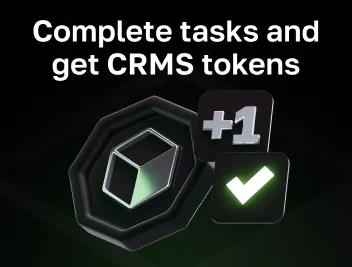

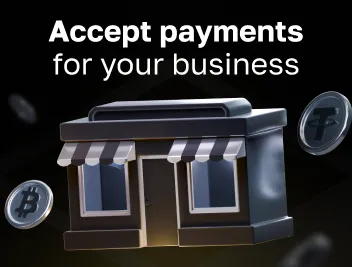
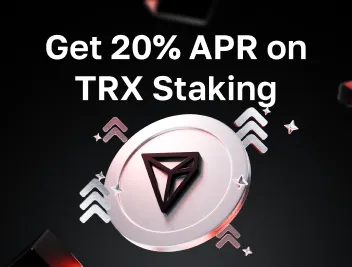



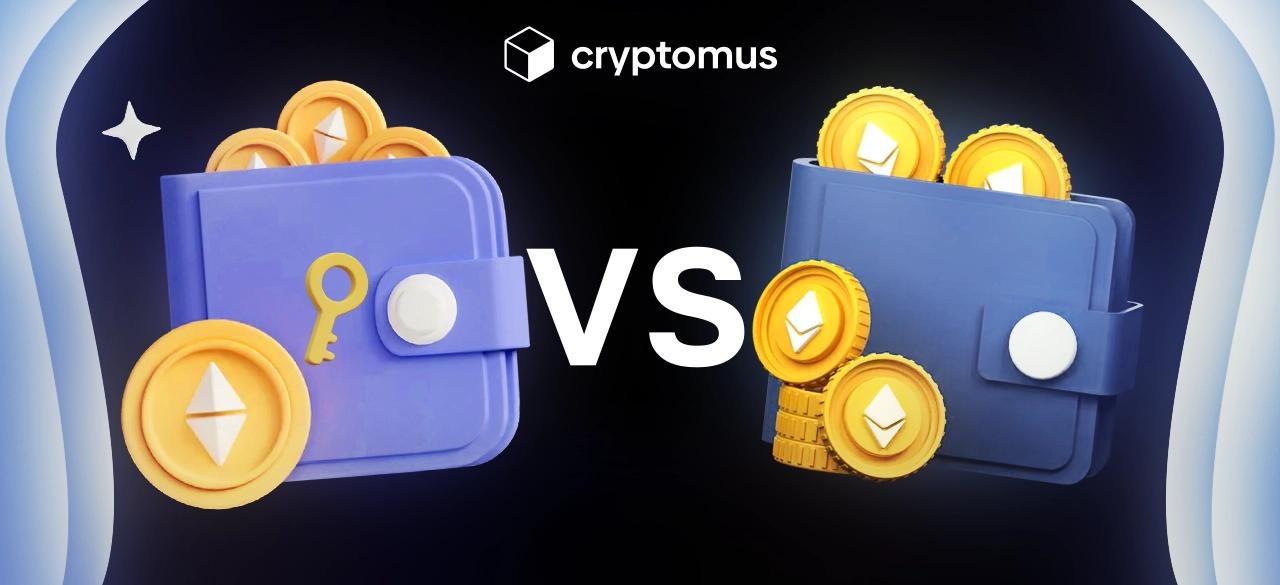
comments
0
You must be logged in to post a comment